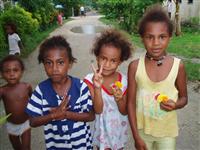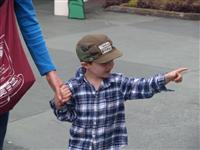

Children's Development Course
- learn skills relevant to child development.
- useful training for working with children in a range of different situations.
- learn skills and ideas that can be applied to interacting with children
- develop an understanding of how children think and develop
- facilitate improved child development, particularly through play experiences.
Graduates will have improved career and job prospects to work in areas from child care to play leadership; or even in businesses, organisations and companies that develop or supply products or services to children (e.g. toy shops, toy libraries, leisure centres, playgrounds, playground equipment or toy manufacturers, etc).